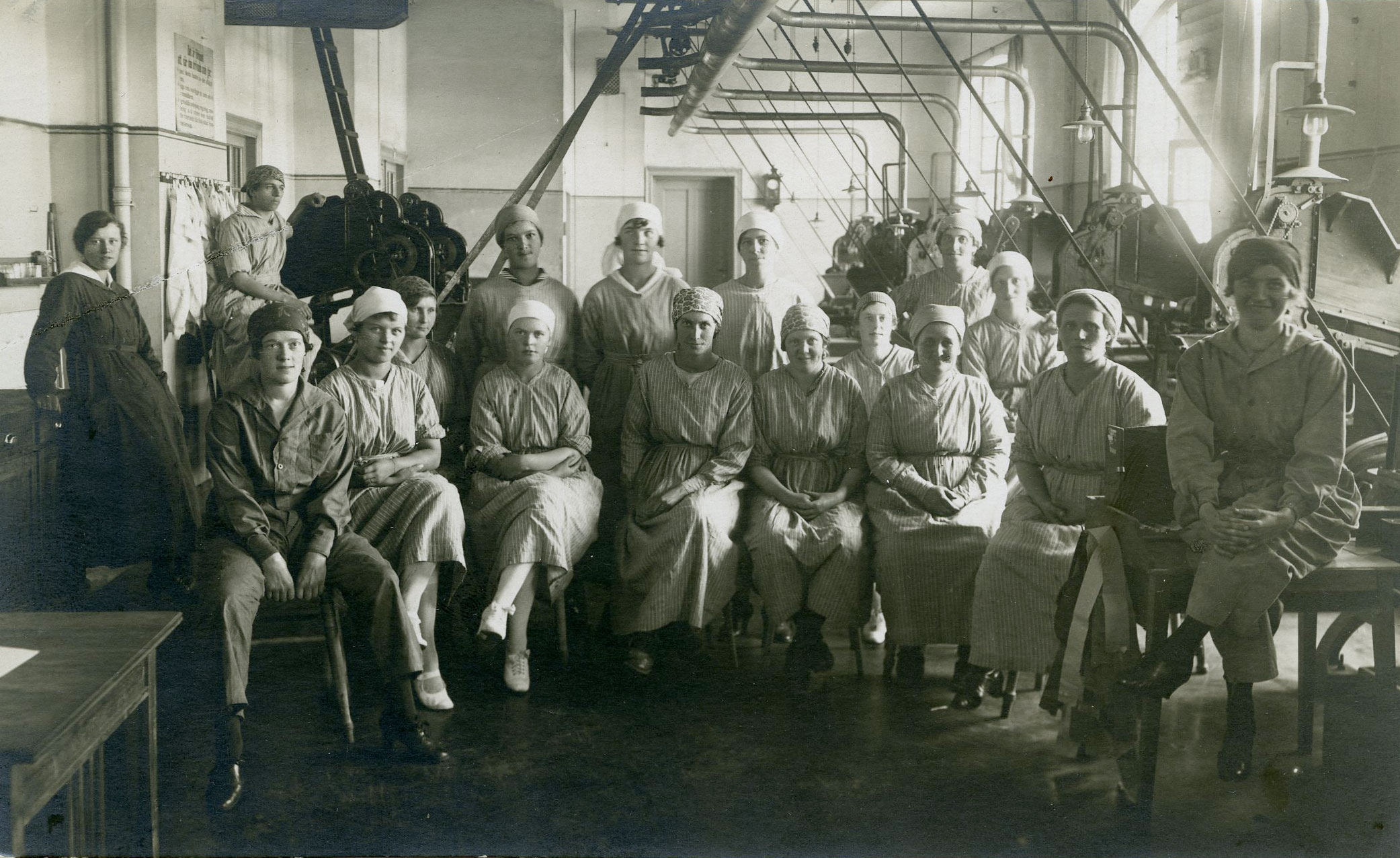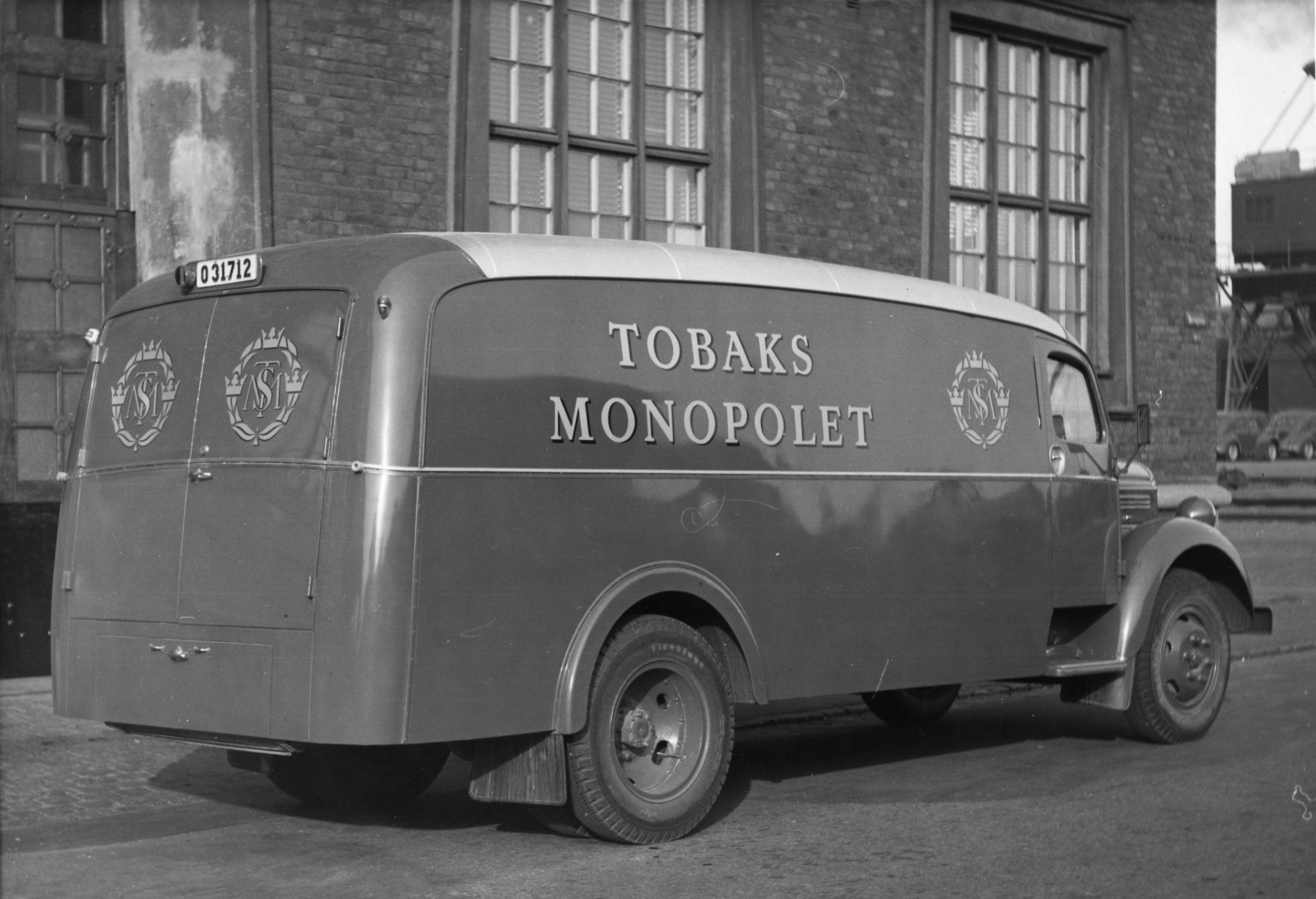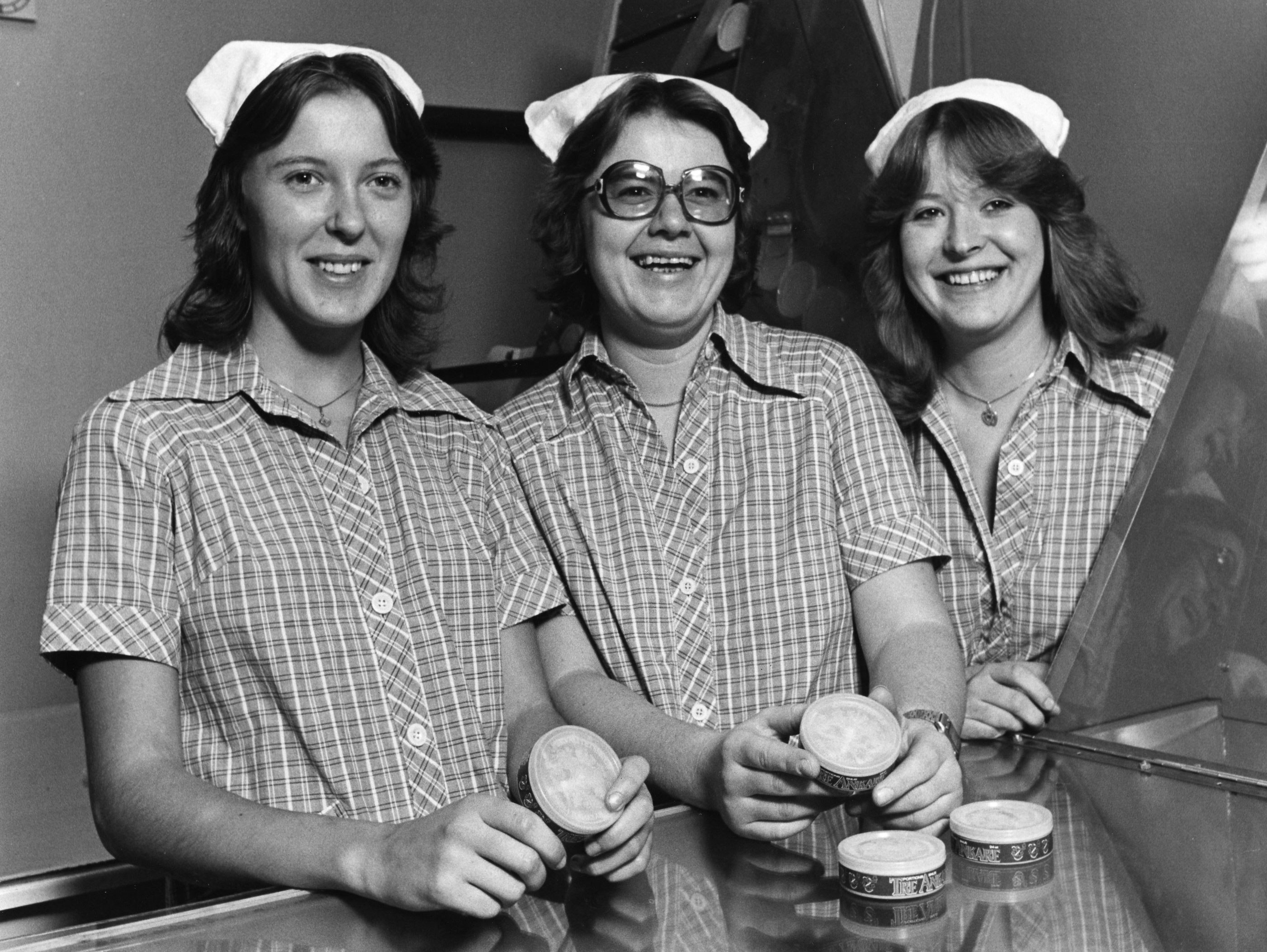Svenska Tobaks AB
1915


Financing of defense and pension system
AB Svenska Tobaksmonopolet began operations in 1915. From its inception until 1929, the President was Oscar Wallenberg.
The reason for the introduction of the monopoly was that the government needed funds, partly to build up Sweden’s military defense, and partly to serve as the cornerstone for the introduction of the national pension system.


Nationalization of Sweden’s tobacco production plants
The funds for the defense and pension system were to come from tobacco and the most effective way of doing this appeared to be through the creation of a monopoly. Consequently, all Swedish tobacco production plants were nationalized in 1915.
Rationalization and concentration
The operations were rationalized by concentrating on as few production plants as possible. In the area around Stockholm, all tobacco was to be manufactured in a newly constructed plant equipped with the most modern technology.


1930s and 1940s



War assortment and rationing
Uncertainty regarding the supply of tobacco in connection with World War II meant that Svenska Tobaksmonopolet could no longer guarantee the high quality of its cigarettes.
The entire assortment was replaced by a war assortment in simple packages and of varying quality. Rationing of cigarettes was introduced in 1942 and was discontinued in the autumn of 1945 after the end of the war. In conjunction with peace, many trade barriers and tariffs disappeared.
Launch of new cigarettes
The first filter cigarette, Sana, was introduced in Sweden in 1936. After the end of the war, US products became increasingly popular.
In 1947, the first cigarette with an American tobacco blend, John Silver, was launched. This was the result of intense work to cope with competition from imported cigarettes. Previously, most cigarettes had oriental tobacco mixtures.

President change
Gustaf Åkerlidh was President from 1929 to1939. He was succeeded by Per-Olof Westerberg who held the position until 1951.
1950s
Council established
In 1957, Tobaksmonopolet established a medical council to support independent scientific research into the impact of smoking on health. This was seven years before the publication in 1964 of the “Terry report”, the first ever paper on the harmful effects of cigarette smoking.
Voluntary advertising limits
The same year, Tobaksmonopolet initiated a voluntary limit on advertising, primarily to prevent young people from being reached by tobacco advertising.
President change
Elam Tunhammar was President from 1951 to1957. Olof Söderström assumed the position as President in 1957.

1960s
Conversion to a limited liability company
The import and sales monopoly on tobacco products in Sweden was abolished in 1961 and the manufacturing monopoly in 1967. Svenska Tobaksmonopolet was converted into a new state-owned limited liability company and was given the name Svenska Tobaks AB.


Rationalization of production and distribution
The abolition of the monopoly resulted in tough competition. Rationalization within Svenska Tobaks AB was necessary in production and distribution.
Production plants in Stockholm, Södertälje, Gävle and Nässjö were closed down and production was concentrated to Malmö, Gothenburg, Härnösand and Arvika.
Export of pipe tobacco
In the wake of the abolition of Svenska Tobak AB’s monopoly in Sweden and in view of the limited growth potential in the domestic market, attention turned to markets outside Sweden.
During the late 1960s, Svenska Tobaks AB initiated the export of primarily the pipe tobacco brand, Borkum Riff, which is one of the world’s leading pipe tobacco brands today.
First round snus can
In 1967, the first round snus can was launched with colorful banners. It was the first change to the package since 1915, when the oval paper can was introduced.
Acquisition of Dutch cigar company, EBAS
As part of its strategy to gain a foothold in the growing European cigar market, the Dutch company, Elisabeth Bas/La Paz (EBAS), was acquired in 1968.

1970s
Acquisition of consumer products company
In 1971, the ownership of the tobacco Group was transferred to the state-owned conglomerate, Statsföretag AB, marking the start of a period of acquisition of consumer-product companies including Ekströms and Grumme.


Restrictions on marketing
The first lawsuit against tobacco advertising was filed, which resulted in severe restrictions in the marketing area.
1971
Introduction of the cigarette brand Blend.
1973
The first portion-packed snus was launched in Sweden in 1973.
President change
Olof Söderström resigned 1970 after thirteen years as President. He was succeeded by Karl Wärnberg who held the position 1970 to1975. Sven G Andrén was President from 1975 to 1980.


1980s
Increased demand for snus
Demand for snus increased and when production capacity was not sufficient a new snus plant was built in Gothenburg, which opened in 1982.

President change
In 1980, Sven G Andrén was succeeded as President by Nils-Erik Hedlund. He held the position until 1983, when he was succeeded by Klaus Unger who remained President until 1996.
1984
The state-owned conglomerate, Statsföretag AB, was renamed Procordia AB in 1984.

Acquisition of Pinkerton and Willem II
A further step in the internationalization of the tobacco business was taken in 1985, when Svenska Tobaks AB acquired The Pinkerton Tobacco Company (Pinkerton), the leading manufacturer of chewing tobacco in the US. In 1989, Dutch cigar manufacturer, Willem II in Valkenswaard, was acquired.
1989
Procordia was listed on the Stockholm Stock Exchange in 1989.
1990s
1990
In 1990, Volvo acquired 40 percent of Procordia.
Procordia acquired Swedish Match
In 1992, the listed company, Procordia, with principal owners Volvo and the Swedish government, acquired the match and disposable lighter operation named Swedish Match.
The operation was incorporated into Procordia’s business area, Procordia United Brands, and the entire new operation changed its name to Swedish Match, to capitalize on the internationally known company name. The acquired company became the Parent Company.